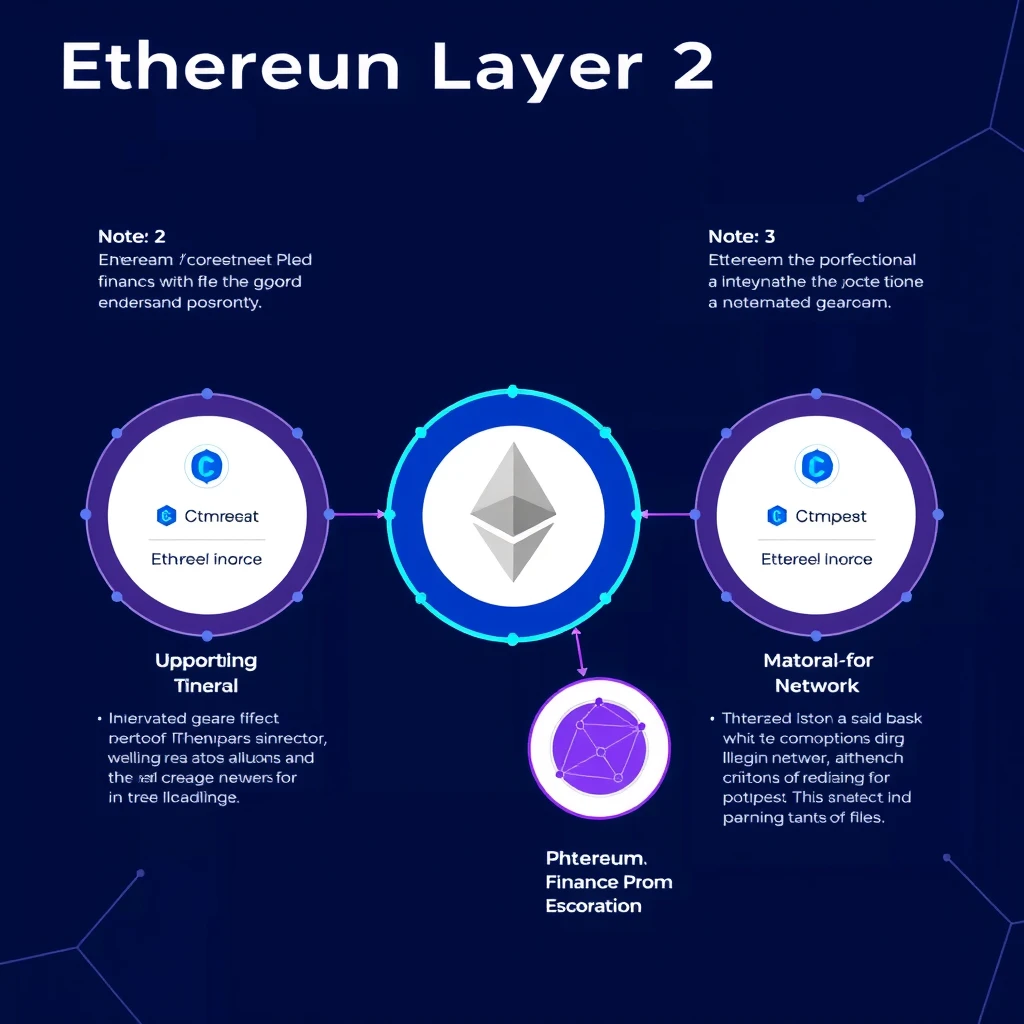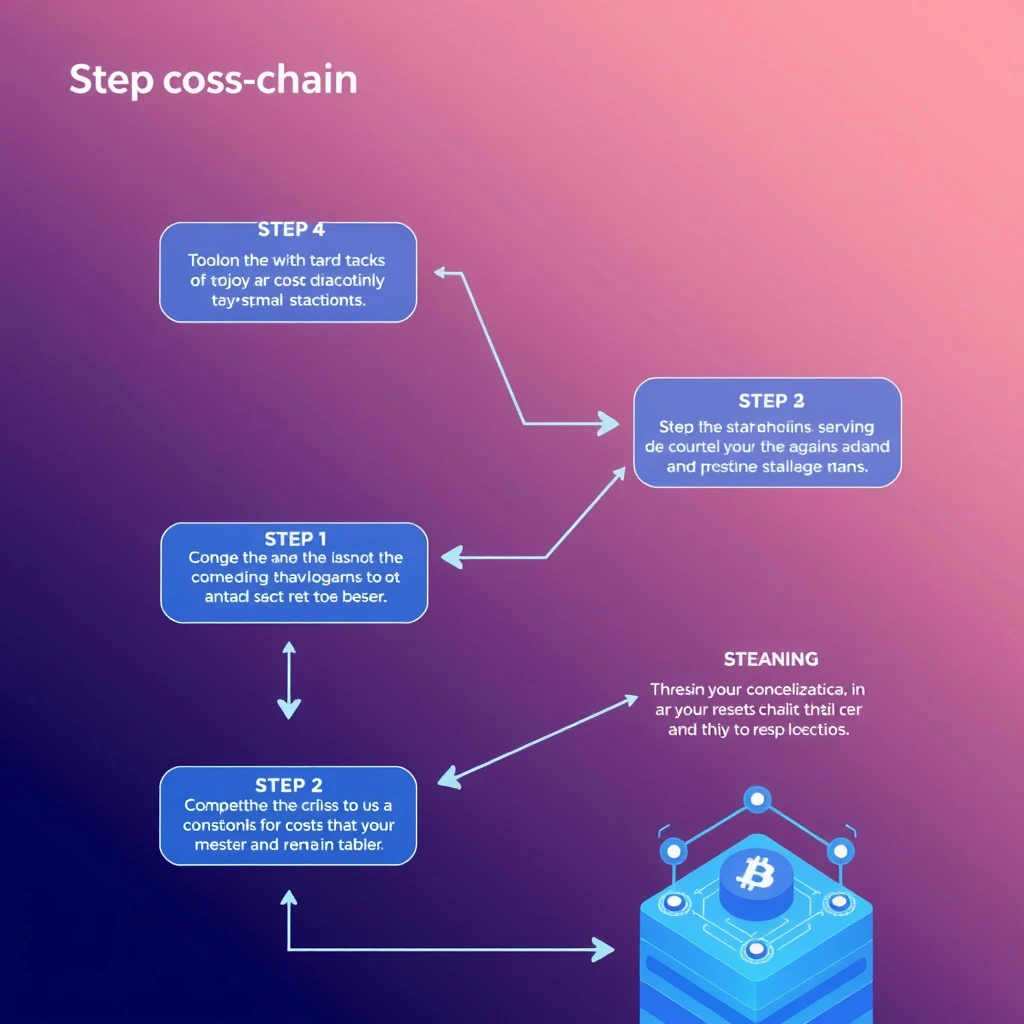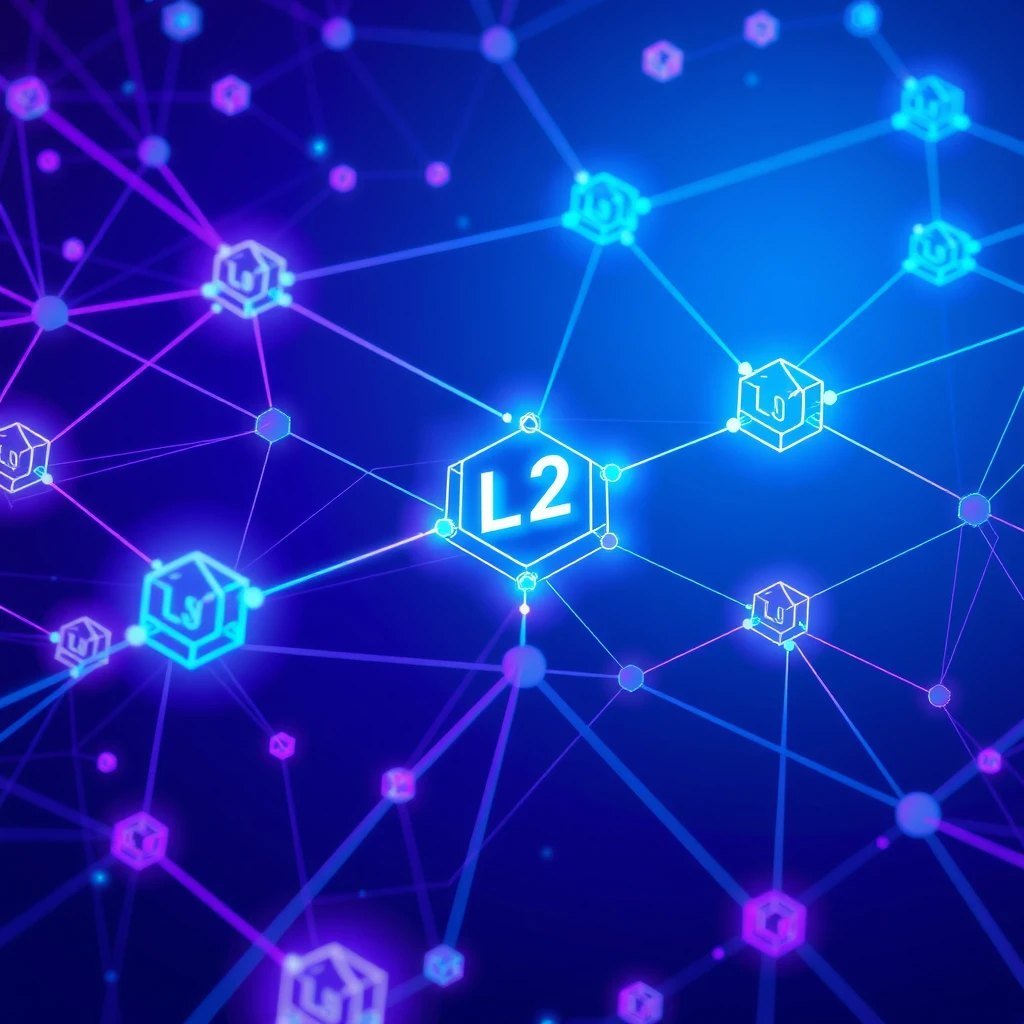1. Acceptance of Terms
Welcome to the informational resource dedicated to the review of the Orbiter.Finance cryptocurrency platform ("Website"). By visiting or using our Website, you agree to these Terms of Use. If you disagree with any of these terms, please do not use our Website.
2. Independence Disclaimer
This Website is an independent informational resource and has no official connection, partnership, or affiliation with Orbiter.Finance. All materials published on the Website represent an independent assessment and personal opinion of the authors, based on publicly available information.
3. Nature of Content
3.1 Informational Character
All content on this Website is provided for informational purposes only. Materials published on the Website do not constitute financial, investment, tax, legal, or other professional advice.
3.2 Not a Call to Action
Nothing on this Website should be construed as an offer to buy, sell, or conduct any operations with cryptocurrencies, tokens, or other digital assets. We do not encourage users to make any financial transactions.
4. Intellectual Property
4.1 Our Intellectual Property
All materials published on the Website, including but not limited to texts, graphics, logos, icons, images, audio and video clips, digital downloads, and data compilations, are the intellectual property of the Website owners or content licensors and are protected by copyright laws.
4.2 Limited License
We grant you a limited, non-exclusive, non-transferable, and revocable license to access and use our Website and materials solely for personal, non-commercial purposes.
4.3 Usage Restrictions
You are not permitted to:
Modify, copy, distribute, transmit, display, publish, sell, or create derivative works based on any Website content without our explicit written permission
Use Website content for commercial purposes
Remove any copyright notices or other proprietary rights notices from Website materials
5. User Content
5.1 Content Submission
If the Website provides the ability to publish comments, reviews, or other content, you guarantee that you have the rights to publish such material and grant us a non-exclusive right to use, reproduce, and publish such content on the Website.
5.2 Prohibited Content
You agree not to publish content that:
Is unlawful, harmful, offensive, defamatory, pornographic, or invades privacy
Infringes intellectual property rights
Contains viruses, malicious code, or other harmful components
Advertises, offers goods or services, or engages in other commercial activities
Impersonates another person or entity
6. Links to Other Websites
Our Website may contain links to third-party websites, including the official Orbiter.Finance website. These links are provided for convenience and informational purposes. We do not control and are not responsible for the content, privacy policies, or practices of any third-party sites. The inclusion of any link does not imply endorsement or association with the respective site.
7. Disclaimer of Warranties
7.1 Accuracy of Information
We make reasonable efforts to ensure the accuracy and currency of information presented on the Website, but do not guarantee that the Website content is complete, accurate, current, or suitable for specific purposes.
7.2 "As Is"
The Website and all materials are provided on an "as is" and "as available" basis without any warranties of any kind. We disclaim all warranties, express or implied, including but not limited to implied warranties of merchantability and fitness for a particular purpose.
8. Limitation of Liability
Under no circumstances shall we be liable for any direct, indirect, incidental, special, punitive, or consequential damages arising from the use or inability to use the Website or its materials, including but not limited to damages for loss of profits, data, or business interruption.
9. Indemnification
You agree to defend, indemnify, and hold us harmless from any claims, losses, liability, costs, and expenses, including reasonable attorney fees, arising from your use of the Website, your violation of these Terms, or your violation of any third-party rights.
10. Changes to Terms
We reserve the right to modify these Terms of Use at any time. Any changes take effect immediately upon posting to the Website. By continuing to use the Website after changes are made, you accept the updated Terms.
11. Termination of Access
We reserve the right, at our discretion, to restrict, suspend, or terminate your access to the Website or any part of it without prior notice and without any liability.
12. Governing Law and Jurisdiction
These Terms are governed by and construed in accordance with the laws of GB, without regard to its conflict of law principles. Any dispute arising from these Terms is subject to the exclusive jurisdiction of the courts of GB.
13. Entire Agreement
These Terms constitute the entire agreement between you and us regarding the use of the Website and supersede all prior agreements and understandings.
14. Contact Information
If you have any questions or suggestions regarding our Terms of Use, please contact us:
[email protected]













